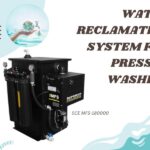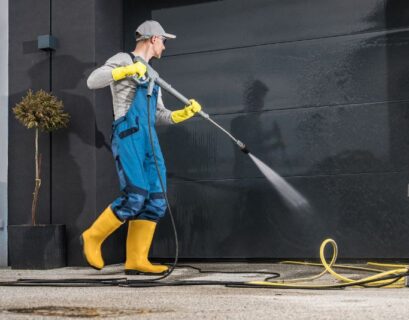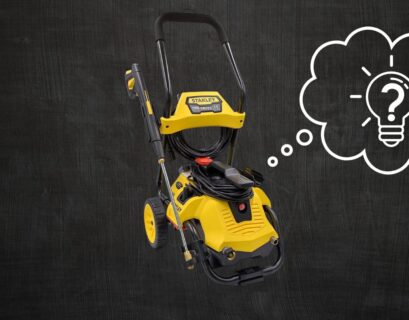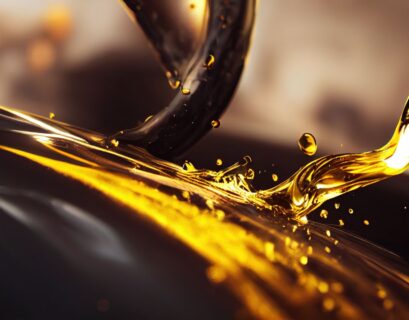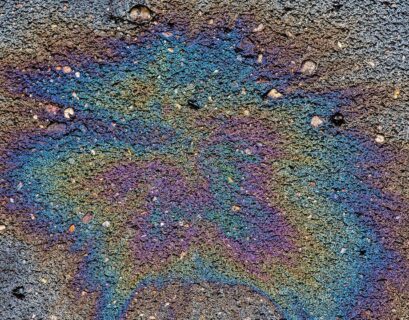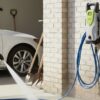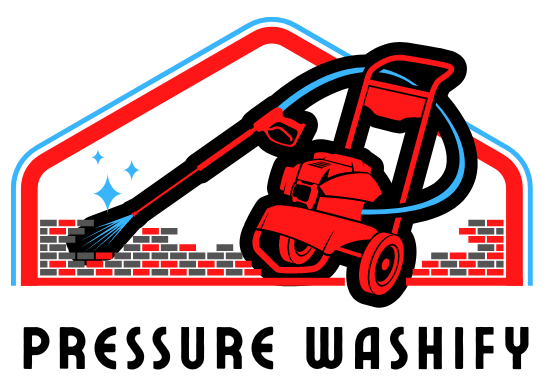Affiliate Disclaimer: This post may contain affiliate links, meaning we get a commission if you decide to make a purchase through our links, at no extra cost to you.
If you’re a pressure washer enthusiast, you may have wondered if you can use your pressure washer to unclog a drain. The good news is that a pressure washer can help clear clogs from drains! This article will look at the kinds of blockages that can be removed, methods for doing so, and how to use a pressure washer safely to get the job done.
Common Causes of Drain Clogs
Drain clogs are one of the most common plumbing problems, and various factors can cause them. The most common cause is debris buildup, such as hair and soap scum in the drain pipes. Other causes of blocked pipes include:
- Objects flushed down the toilet.
- Grease and oil washed down the drain.
- Tree roots infiltrating the pipes.
In some cases, a clog can also be caused by a collapsed or broken pipe. It is important to avoid flushing items that do not belong in the toilet and to clean the drains regularly to prevent clogs.
Which Types of Clogs Can be Cleared by a Pressure Washer?
Luckily, many types of clogs can be cleared using a pressure washer. The high-pressure water stream is powerful enough to break up and flush out most types of blockages, including hair, grease, soap scum, and food particles. The pressure washer can also remove tree roots that have grown into the pipes.
It is, however, important to remember that pressure washers are not suitable for all types of clogs, such as heavy-duty plastic or metal objects. It is best to call a plumber to clear the blockage in these cases.
Best Pressure Washer For Unclogging Drains
There are two types of pressure washers, electric and gas, and each type has its benefits and drawbacks. Electric pressure washers are typically more affordable and easier to operate than gas models, but they don’t have as much power. On the other hand, gas pressure washers are more expensive and require more maintenance, but they offer more power for tougher jobs. We recommend using electric pressure washers for this project because they are safer indoors and around water.
Read our review of one of the best portable electric pressure washer for homeowners, the Active 2.0 Pressure Washer.
Use a Pressure Washer Drain Cleaning Nozzle
The pressure washer drain cleaning nozzle, also known as the sewer jetter nozzle, is a powerful and effective tool for clearing clogged drains. It is designed to be connected to a pressure washer, which uses water pressure to blast away debris and blockages. The nozzle is made of stainless steel or other durable metal and has a long, curved tip designed to fit into most drains. It also has a rotating head, which rotates at high speeds to break up stubborn blockages.

Pressure Washer Sewer Jetter Nozzle
The pressure washer drain cleaning nozzle is ideal for heavy-duty drain cleaning jobs that require a lot of power, such as cleaning out grease traps and sewer lines. It is also an excellent choice for unclogging kitchen and bathroom sinks.
You can read more about drain cleaning nozzles here.
We strongly recommend using this Sewer Jetter Kit with your pressure washer to open clogged drains safely and efficiently.

Sewer Jetter Kit
The Sewer Jetter Kit includes a 5800PSI Drain Cleaner Hose 1/4 Inch NPT Corner, Rotating and Button Hose Sewer Jetting Nozzle. It is the safest alternative to opening drains clogs by just using high pressure water.
The rotating and button spray can easily reach anywhere, especially those hard to reach spots. The water jetter nozzle is designed for use with ordinary household or commercial pressure washers. It makes short work of removing caked-on and concrete blockages from plumbing pipes, drains and sewer lines.
Safety Precautions to Follow
Read the instruction manual
Before using your pressure washer, read the instruction manual that came with it. This will ensure that you’re using the machine properly and safely.
Choose the right nozzle
Different nozzles are designed for different cleaning tasks. You’ll want to make sure you choose the right nozzle for the job at hand to avoid damaging your surfaces or putting yourself in danger.
Use proper safety gear
When operating a pressure washer, it’s important to wear proper safety gear, including gloves, eye protection, and earplugs (if needed). This will help protect you from debris, chemicals, and other hazards.
Be careful of your surroundings
Pressure washers can be very powerful, so it’s important to be aware of your surroundings and potential hazards. Make sure there is nothing flammable nearby, and be careful not to point the nozzle at anyone or anything that the high-pressure stream of water could damage.
Do not use the pressure washer on a clogged drain if the water is not draining properly. This could damage the pump or other parts of the pressure washer.
How Can I Use a Pressure Washer to Unclog a Drain
Follow these steps to use a pressure washer to unclog a drain safely and quickly:
1. Turn off the water to your home at the main shutoff valve. It is usually located in the basement near the water heater.
2. Place the pressure washer nozzle against the drain opening. Be sure to use rubber gloves to protect your hands.
3. Start the pressure washer and hold the trigger down. The high-pressure stream of water will break through any clogs in the drain. When clogs start to clear, turn off the water and follow up with a snake plumbing tool to dislodge any other left debris.
4. Move the pressure washer nozzle around the drain to ensure all clogs have been removed.
5. Repeat the above steps multiple times if you have a difficult clog.
6. Rinse the drain with clean water from a garden hose to remove any debris that may have been dislodged during the unclogging process.
7. Recheck the drain to ensure it is clear, then scrub away any remaining grime and reattach the cover.
8. Turn the water back on to your home at the main shutoff valve.
9. Test the drain to be sure that it is flowing properly.
Conclusion
Using a pressure washer to unclog a drain is an effective and efficient way to clear out blockages. It is relatively easy and can be done with minimal tools and equipment. The pressurized water is powerful enough to remove tough blockages without any harsh chemicals and gentle enough not to damage the pipes. The process is also relatively quick, taking only a few minutes to unclog the drain.
Following the above instructions can save you time and plumbing costs. The pressure washer method is a great option for anyone looking for an easy and reliable way to unclog a drain.



